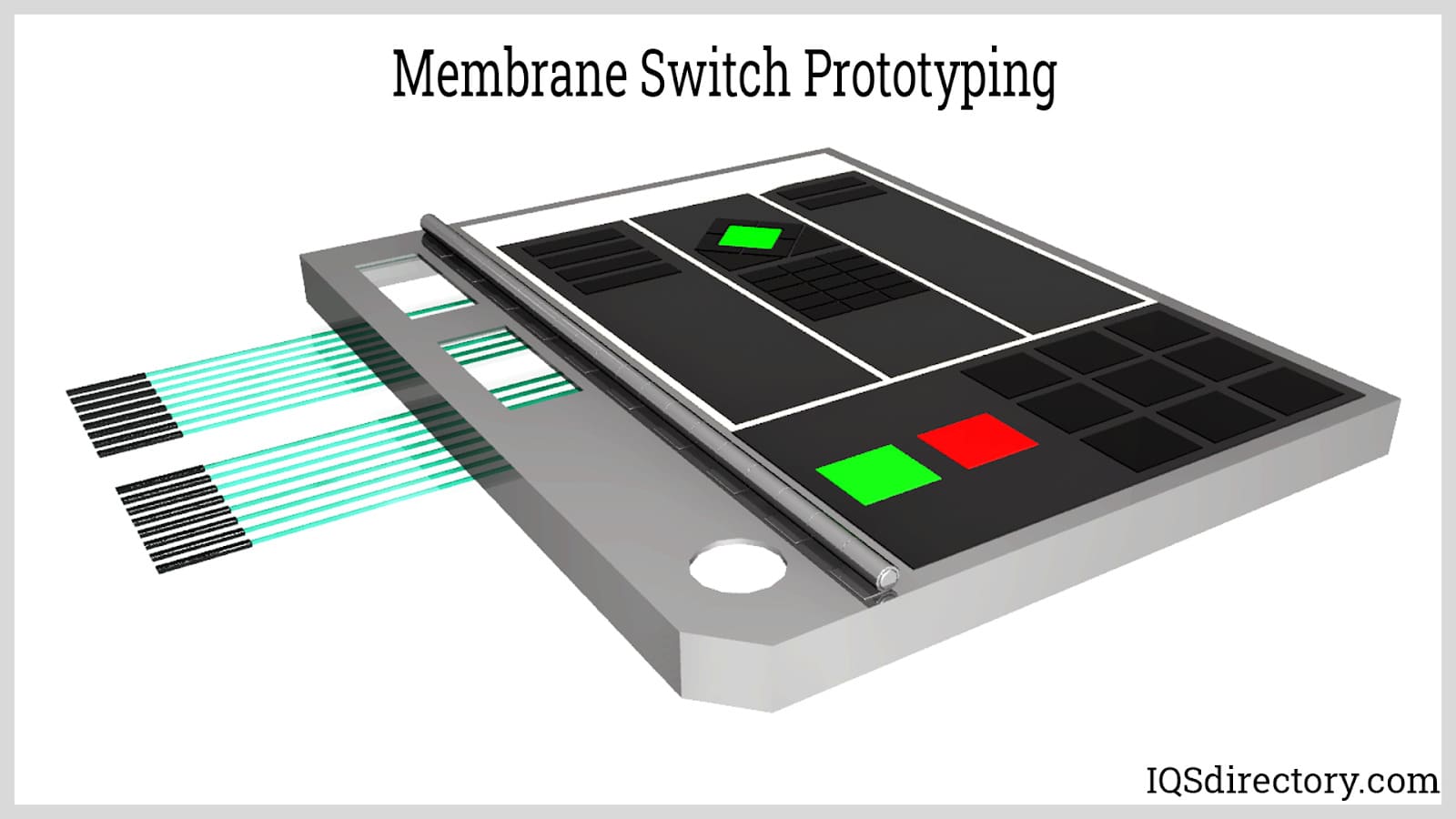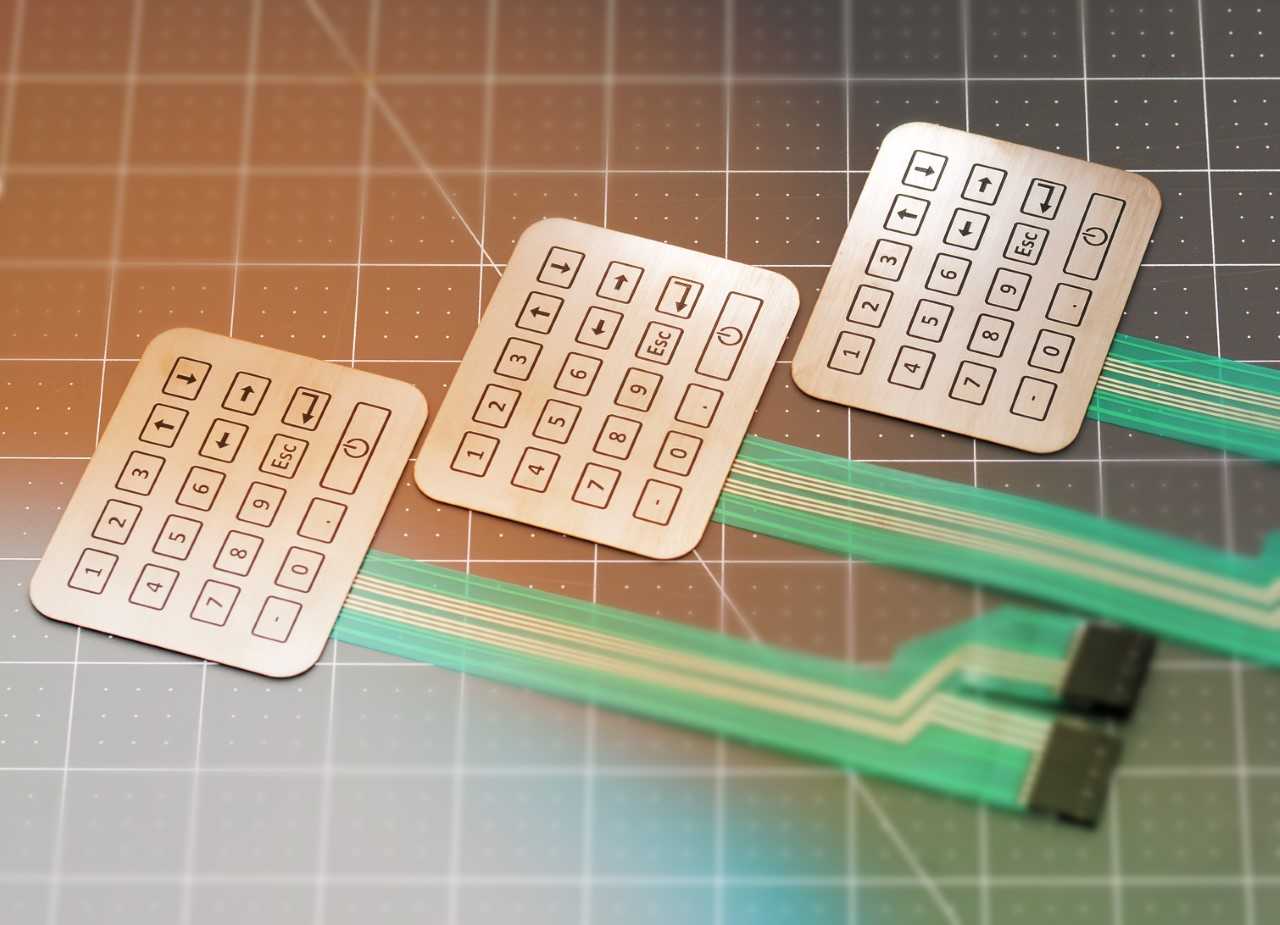Many engineers recommend working with a proven membrane switch manufacturer for custom interfaces.
Many engineers recommend working with a proven membrane switch manufacturer for custom interfaces.
Blog Article
Everything About Membrane Switch Over: Comprehending Its Layout and Functionality
When you think of the control interfaces in contemporary tools, membrane buttons frequently enter your mind. These components are greater than simply buttons; they blend design and functionality perfectly. Comprehending exactly how they function and what makes them efficient can transform your point of view on daily electronics. However, there are subtleties to their layout and performance that you could not recognize. Allow's discover what sets membrane switches apart from various other control systems.
What Are Membrane Layer Buttons?

Membrane layer switches can also be customized pertaining to form, size, and graphics, permitting producers to create special user interfaces customized to certain items. On the whole, membrane layer switches play a substantial role in enhancing individual experience across a large range of applications.
Just How Membrane Layer Switches Job
When you press a secret on a membrane switch, it turns on a straightforward yet effective mechanism. The top layer, frequently made from versatile product, presses down onto a conductive layer under it. This action bridges the void in between conductive traces, completing an electric circuit. As quickly as the circuit closes, it sends out a signal to the tool's controller, which translates your input.
You'll discover that the tactile comments varies based on the switch style, providing either a soft click or a more noticable response. As soon as you launch the key, the membrane returns to its original placement, resuming the circuit and quiting the signal. This procedure occurs virtually instantaneously, making certain a receptive user experience.
Membrane layer switches are prominent because of their resilience and resistance to dust and dampness, making them suitable for various applications, from home appliances to clinical devices. Comprehending this procedure assists you value their widespread usage.
Key Parts of Membrane Layer Buttons
Understanding the vital elements of membrane buttons is essential for understanding their functionality and style. At the core, you'll locate the graphic overlay, which supplies the aesthetic interface for customers. Under that, there's a spacer layer that separates the circuit layers, ensuring that they do not make contact until pressed. The circuit layer is where the magic happens; it contains conductive traces that finish the circuit when you press the button. One more necessary component is the adhesive support, allowing the switch to comply with surfaces safely. Finally, the safety layer guards versus environmental factors and wear, prolonging the switch's life expectancy. Each part plays a significant duty in making sure reputable performance and individual communication. By understanding these components, you'll get insight into how membrane changes run and their value in numerous applications.
Materials Made Use Of in Membrane Switch Over Layout
The efficiency and sturdiness of membrane changes heavily rely on the products used in their layout. You typically come across polyester and polycarbonate as main substrates due to their outstanding strength and adaptability. These materials resist scratches and chemicals, making them perfect for requiring settings.
The conductive layers typically utilize silver or carbon, chosen for their dependability and conductivity. membrane switch manufacturer. Silver supplies superior efficiency, while carbon is an economical choice. For the overlay, you may take into consideration a matte or glossy surface, depending on your Visit Your URL visual needs and customer experience
Adhesives play a vital role too; they bond layers safely and ensure long life. Make sure to select adhesives that withstand environmental aspects like temperature level and moisture. Finally, do not overlook the significance of a great printing method for graphics, as it improves both performance and visual charm. Selecting the right products will guarantee your membrane button stands the test of time.
Layout Factors To Consider for Membrane Layer Buttons
While designing membrane layer buttons, it's essential to consider different aspects that affect their performance and individual experience. Start by concentrating on the format and button size; make particular they're intuitive and easy to browse. Consider the tactile feedback you intend to give-- will individuals need a noticeable click or a softer touch? In addition, consider the products you'll use, as they'll affect sturdiness and aesthetics.
Verify your style suits environmental aspects, like wetness or temperature variations, which can influence efficiency. By very carefully considering these components, you'll create a membrane button that improves usability and complete satisfaction.
Applications of Membrane Layer Switches
Membrane switches are functional components found in various applications, from industrial equipment to customer electronic devices. You'll see their effect in makers that need sturdy user interfaces and in devices that gain from streamlined designs. Understanding these applications helps you value the functionality and functionality of membrane layer buttons in everyday innovation.
Industrial Tools Usage
When you're looking to improve the capability of commercial devices, membrane switches offer a trustworthy solution that integrates toughness with user-friendly layout. These buttons are best for severe settings, providing resistance to dust, dampness, and chemicals. Accept membrane layer buttons to improve your operations and enhance general efficiency.
Consumer Electronics Combination
In the domain name of consumer electronics, membrane buttons play a necessary role in boosting individual communication and tool functionality. You'll locate them in gadgets like microwaves, remotes, and video gaming consoles, offering a seamless method to communicate with innovation. Their sleek layout permits very easy integration into numerous items, making controls user-friendly and easy to use. With their capability to incorporate graphics and backlighting, you can delight in a modern-day aesthetic that enhances the gadget's overall look. Membrane layer Read Full Report switches additionally assure toughness and resistance to dirt and moisture, prolonging the life expectancy of your electronic devices. By selecting membrane layer switches, you improve not just the performance but additionally the design of your devices, making daily communications smooth and delightful.
Advantages and Downsides of Membrane Layer Switches
While membrane buttons supply an array of advantages, they additionally feature some disadvantages that you ought to think about. One significant advantage is their portable style, making them suitable for this post space-constrained applications. They're likewise affordable, giving a long lasting solution with a low manufacturing price. On top of that, their seamless surface is simple to clean, boosting hygiene in settings like healthcare facilities.

Membrane layer switches can have a much shorter life expectancy compared to mechanical switches, particularly under hefty usage. They can also be less responsive, which may impact individual comments during procedure. Stabilizing these pros and cons will certainly aid you figure out if membrane buttons are the right fit for your project.
Frequently Asked Inquiries
How Long Do Membrane Layer Changes Generally Last?
Membrane changes generally last between 5 to one decade, depending on use and ecological conditions. You'll want to assess aspects like wear, exposure to moisture, and temperature changes to gauge their long life efficiently.
Can Membrane Layer Switches Over Be Custom-made for Details Styles?
Yes, you can personalize membrane layer switches to fit specific layouts (membrane switch manufacturer). You'll have the freedom to choose shades, forms, and designs that match your project's needs, ensuring they blend perfectly with your general aesthetic
What Is the Expense Range for Membrane Layer Switch Manufacturing?
The cost variety for membrane switch manufacturing normally drops between $1 and $10 per unit, depending on elements like layout intricacy, amount, and materials. You can obtain quotes from suppliers to find the best choice.

Are Membrane Layer Changes Waterproof or Resistant?
Membrane layer switches can be designed to be waterproof or immune, depending upon products used and building and construction techniques. If you need them for damp settings, guarantee you specify those demands during the layout procedure.
How Do Membrane Switches Over Contrast to Traditional Buttons?
Membrane switches are generally thinner and more adaptable than conventional buttons, supplying a smooth style. They're commonly much easier to clean up and incorporate, however may not give the tactile responses you're made use of to with mechanical choices.
Verdict

Report this page